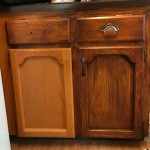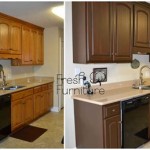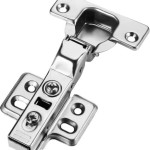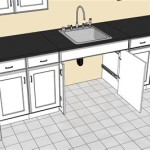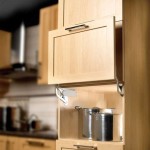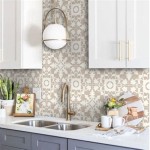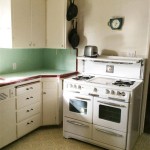Essential Aspects of Concealed Kitchen Cabinet Door Hinges
Concealed cabinet door hinges are a crucial component of modern kitchen designs. Their ability to be hidden from view while providing smooth and reliable functionality makes them a highly sought-after solution for homeowners and designers alike.
Types of Concealed Hinges
There are several types of concealed cabinet door hinges available, each with its own distinct features:
- Inset Hinges: These hinges are mounted inside the cabinet and the door, allowing the door to sit flush with the cabinet frame.
- Full Overlay Hinges: The hinge is fully hidden behind the closed door, providing a seamless and sleek appearance.
- Half Overlay Hinges: A portion of the hinge is visible when the door is closed, providing a traditional look.
- Semi-Inset Hinges: Similar to inset hinges, but the door overlays the cabinet frame slightly.
- T-Hinges: These hinges are characterized by their "T" shape and are typically used for narrow or frameless doors.
Features to Consider
When selecting concealed cabinet door hinges, several key features should be considered:
- Material: Hinges are typically made of stainless steel, zinc alloy, or brass. Stainless steel is durable and corrosion-resistant, while zinc alloy offers a budget-friendly option.
- Finish: Hinges can be available in various finishes, such as brushed nickel, oil-rubbed bronze, or satin nickel, to match your cabinet hardware.
- Opening Angle: Hinges determine the maximum opening angle of the cabinet door, typically ranging from 90 to 180 degrees.
- Self-Closing Function: Some hinges feature a self-closing mechanism that gently closes the door after it is released, preventing it from swinging open accidentally.
- Soft-Closing Function: Similar to self-closing hinges, soft-closing hinges prevent loud slamming by cushioning the door's movement.
- Adjustable: Adjustable hinges allow for fine-tuning the door's alignment and fit, ensuring a seamless installation.
Installation Tips
Installing concealed cabinet door hinges requires precision and attention to detail:
- Mark the hinge locations on both the cabinet and the door.
- Use a drilling guide or template to ensure accurate hole placement.
- Drill pilot holes for the hinge screws.
- Attach the hinge to the cabinet and tighten the screws.
- Align the door with the hinge and tighten the screws on the other side.
- Adjust the hinges as necessary to achieve the desired alignment and fit.
- Test the operation of the door, ensuring it opens and closes smoothly without any noise or vibration.
Conclusion
Concealed cabinet door hinges are an essential aspect of modern kitchen designs, providing both functionality and aesthetic appeal. By considering the different types of hinges and their features, homeowners and designers can choose the perfect solution to complement their cabinetry. With proper installation, these hinges will ensure years of smooth and reliable operation, enhancing the overall functionality and beauty of your kitchen.

Concealed Hinge What Is It How Does Work Types Parts

Kitchen Cabinet Concealed Glass Door Hinge Furniture Hardware China Hinges Made In Com

Konigeehre 20 Pack Soft Close Cabinet Door Hinges For 1 2 Partial Overlay Cupboard 100 Degree Opening Angel Stainless Concealed Kitchen With Mounting S And Manual Inch Com

Installing Concealed Cabinet Door Hinges Handles The Easy Way

Qrity 2x Pack Of Kitchen Cabinet Door Hinges Concealed Cupboard No

Types Of Concealed Hinges For Cabinets Titus

Pair Pie Cut Corner Hinges Concealed Kitchen Cabinet Door 35 Mm Cup Of Hafele

105 Degrees Kitchen Cabinet Door Hinges Clip On Soft Close Concealed Hydraulic Hinge China Furniture Made In Com

The Ultimate Guide To Kitchen Cabinet Hinges

What Are The Best Kitchen Cabinet Hinges Titus

